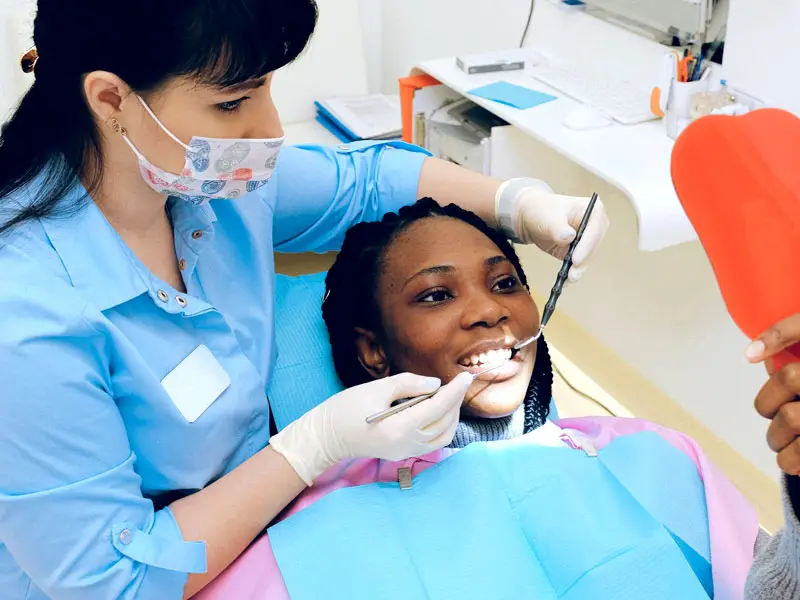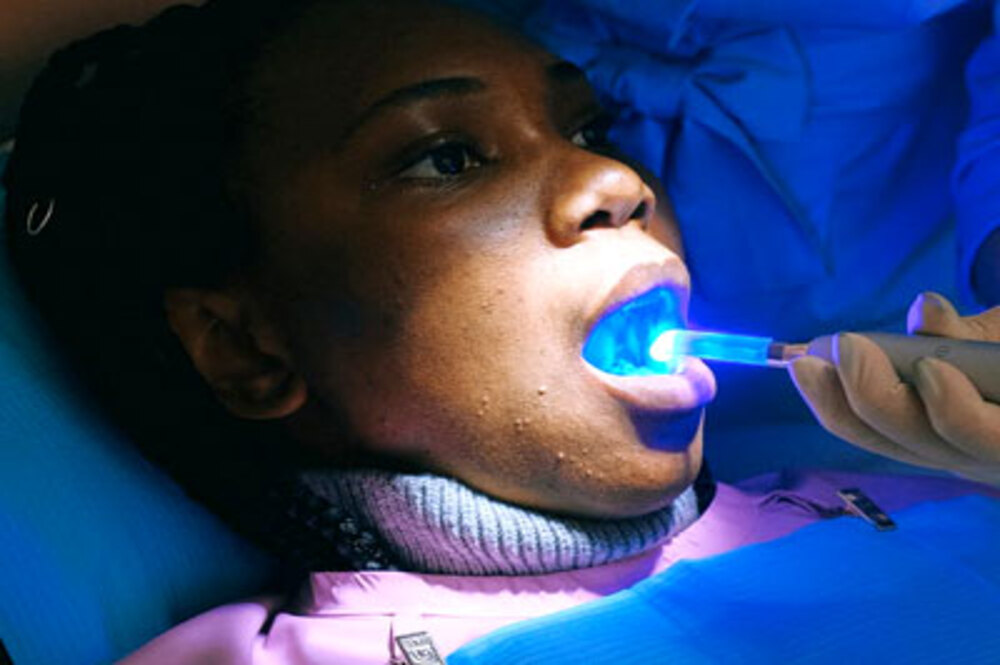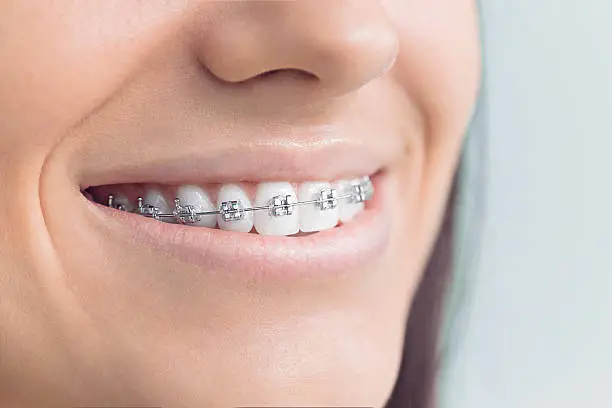Today we are going to see what are the different types of braces for orthodontic treatment and how to choose from amongst them. Choosing the right type of braces for orthodontic treatment depends on a variety of factors, including your specific dental needs, budget, lifestyle preferences, and aesthetic concerns. Here’s a guide from the best dentist to help you choose the right braces:
1.Traditional Metal Braces
– Best for : Severe misalignment or complex dental issues
– Appearance : Stainless steel brackets with metal wires
– Pros :
– Highly effective for complex cases
– Often more affordable than other options
– Durable and reliable
– Cons :
– Noticeable appearance
– Can be uncomfortable at first
2. Ceramic Braces
– Best for : People who want a less visible option
– Appearance : Clear or tooth-colored ceramic brackets with metal wires
– Pros :
– More discreet than metal braces
– Effective for many cases
– Cons :
– Can stain over time (especially clear elastic bands)
– Typically more expensive than metal braces
– Slightly more fragile than metal braces
3. Lingual Braces
– Best for : People looking for completely invisible braces
– Appearance : Placed on the back (lingual side) of your teeth
– Pros :
– Completely hidden from view
– Custom-made for a more precise fit
– Cons :
– More difficult to clean
– Can be uncomfortable and take time to adjust to
– More expensive than metal or ceramic braces
– May affect speech
4. Clear Aligners (e.g. Invisalign)
– Best for : Mild to moderate alignment issues and for those looking for a removable option
– Appearance : Clear, custom-fit trays that fit over your teeth
– Pros :
– Very discreet (virtually invisible)
– Removable for eating, brushing, and flossing
– Comfortable with no brackets or wires
– Cons :
– Not suitable for complex orthodontic issues
– Requires discipline to wear for 20–22 hours per day
– Can be more expensive than traditional braces
5. Self-Ligating Braces
– Best for : Those who want a less maintenance-intensive option
– Appearance : Similar to traditional metal or ceramic braces, but with a self-locking mechanism instead of elastic bands
– Pros :
– Require fewer visits to the orthodontist
– Often more comfortable than traditional braces
– Less friction, which can lead to faster treatment
– Cons :
– Still noticeable, although less so than traditional braces
– Can be more expensive than traditional metal braces
6. Clear or Colored Bands
– Best for : Adding a fun or personalized touch to traditional metal or ceramic braces
– Appearance : Different colors of elastic bands that can be used with any of the above brace types
– Pros :
– Allows for a personalized aesthetic
– Cons :
– Can stain over time, especially light-colored bands
– May require more frequent adjustments for aesthetic reasons
Factors to Consider:
1. Severity of Dental Issues : Complex cases may require traditional metal braces or self-ligating braces, while mild cases may be treated with clear aligners.
2. Aesthetics : If appearance is important to you, ceramic or lingual braces, or clear aligners may be more suitable.
3. Lifestyle : If you play sports or need a removable option for eating and brushing, clear aligners might be the best choice.
4. Duration of Treatment : Some options (like clear aligners) may shorten treatment time in mild cases, while traditional braces may take longer.
5. Cost : Traditional metal braces are typically the most affordable, while clear aligners and lingual braces tend to be more expensive.
Consult an Orthodontist
Ultimately, the best way to decide is by consulting with an orthodontist. They can assess your dental situation and recommend the most suitable treatment option based on your unique needs.
Would you like help finding an orthodontist or learning more about any specific type of braces?
Frequently Asked Questions (FAQs)
1. What is the cost of braces treatment in Pune?
The braces treatment cost in Pune varies from ₹35,000 to ₹1,50,000, depending on the type—metal, ceramic, lingual, or clear aligners like Invisalign—and the complexity of your case.
2. Which type of braces is best for me?
The best braces depend on your dental needs and lifestyle. Metal braces work well for complex issues, while ceramic or clear aligners are ideal for a more aesthetic, discreet option.
3. How long does braces treatment take?
Most orthodontic treatments in Pune take 12 to 24 months, depending on teeth alignment severity and the type of braces used. Clear aligners may offer faster results for mild cases.
4. Are clear aligners effective for all types of alignment problems?
Clear aligners in Pune work best for mild to moderate alignment issues. For severe crowding or bite correction, metal or self-ligating braces may be more effective.
5. Do braces hurt?
Mild discomfort is normal for a few days after getting braces, but it fades quickly. Modern orthodontic treatments at the best dental clinics in Pune are designed to be as comfortable as possible.
6. What is the difference between metal and ceramic braces?
Metal braces are durable and affordable, while ceramic braces blend with your teeth color, offering a more aesthetic appearance. Both are equally effective for most orthodontic cases.
7. Can adults get braces treatment in Pune?
Yes, adult braces treatment is common and effective. Options like ceramic braces and Invisalign aligners are popular among adults seeking discreet orthodontic correction.
8. Why choose an orthodontist in Pune for braces treatment?
A qualified orthodontist in Pune ensures precise diagnosis, customized treatment plans, and optimal results using the latest techniques for teeth alignment and smile correction.
Contact Us:
Location: Ground Floor, block 4, Sarvadarshan Co-op Housing Society Ltd Abhinav Chowk, Karve Rd, opp. Saraswat Bank, Nal Stop, Pune, Maharashtra 411004




